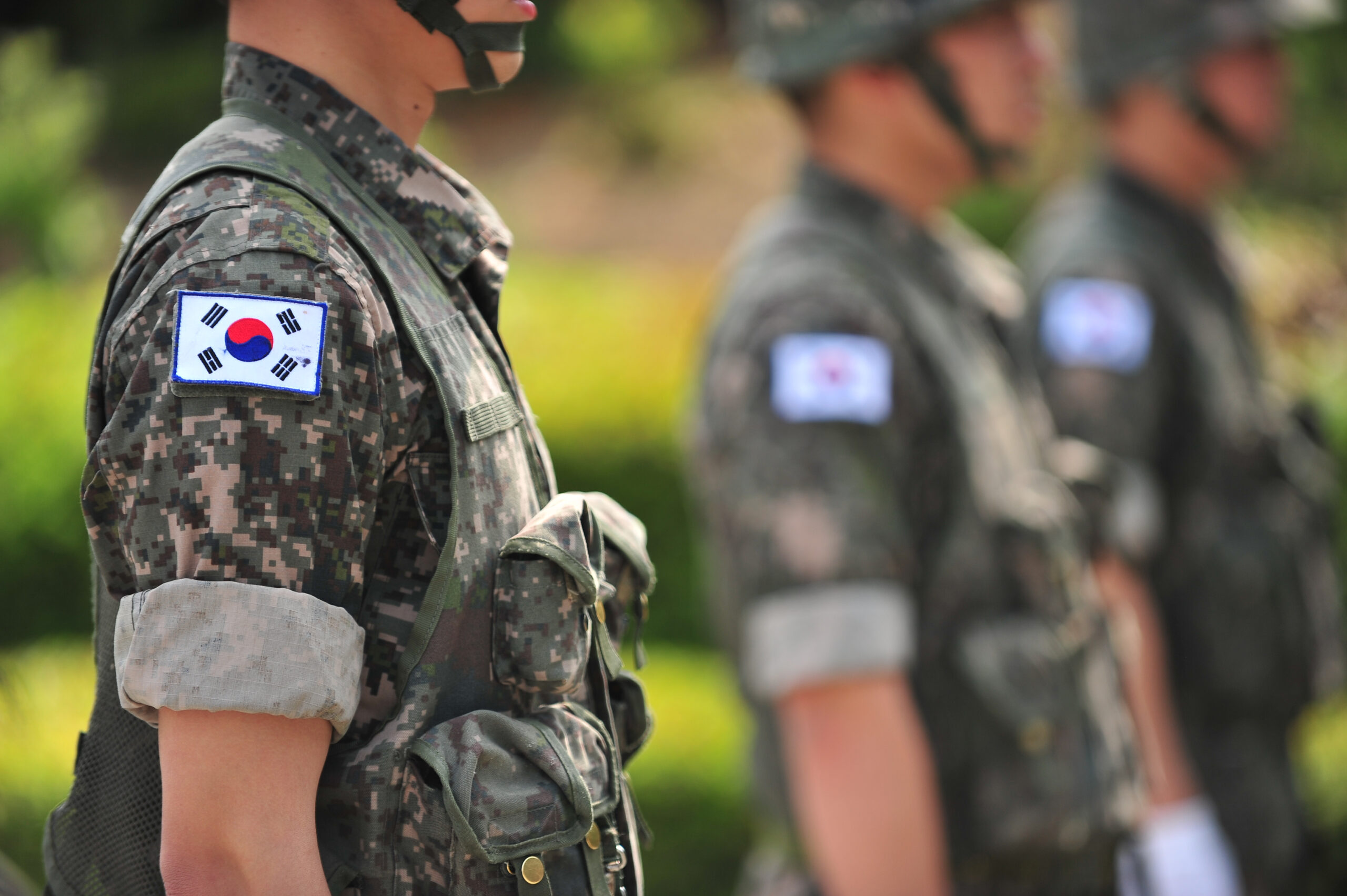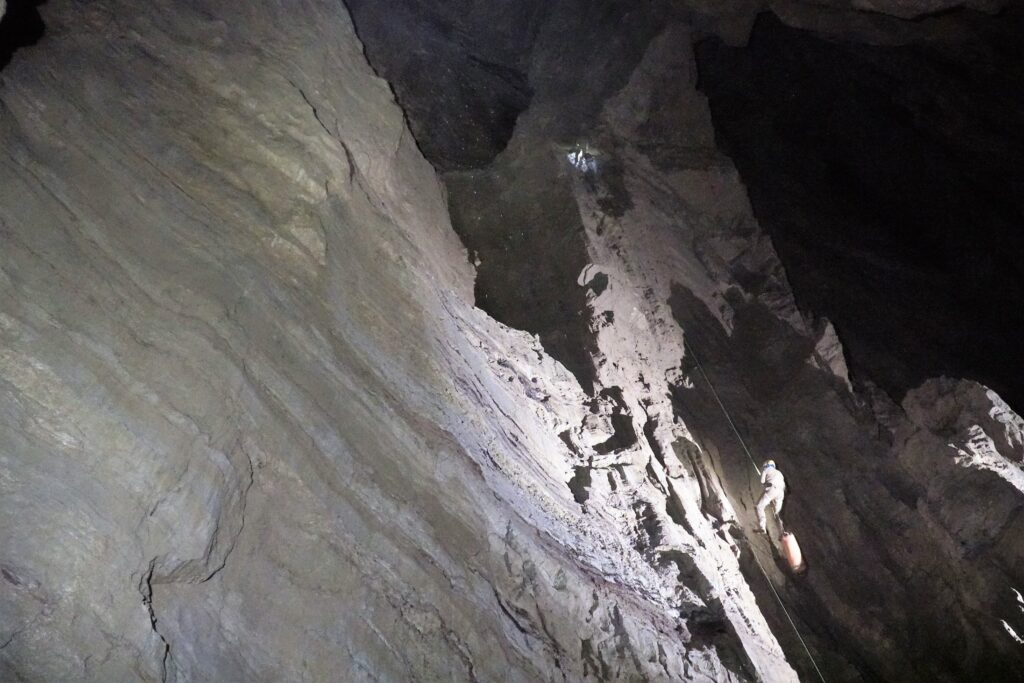The size of a country’s armed forces reflects its strategic priorities and the scope of its security needs. In today’s world, several nations maintain vast and powerful militaries to safeguard their interests at home and abroad. With millions enlisted, these nations demonstrate a high commitment to national security. Here’s a closer look at the largest armed forces around the globe.
China

China holds the world’s largest active military force, with around 2 million personnel. The People’s Liberation Army (PLA) is central to its defense strategy. Focused on modernizing its military, China aims for both technological advancements and personnel readiness. Its forces include ground, naval, and air units, each with specialized divisions. Recent investments enhance China’s cyber and space capabilities, further strengthening its global influence. China’s vast land borders demand a formidable army presence for national security. The PLA’s scale and modernization mirror China’s ambitions on the world stage. This military force exemplifies China’s vision for regional and global dominance.
India

India has one of the largest militaries globally, with approximately 1.45 million active personnel. The Indian Armed Forces comprise the Army, Navy, and Air Force, each focused on distinct strategic areas. Geopolitical tensions with neighboring countries have driven India to strengthen its forces. The Indian Army remains the largest branch, ensuring ground security and border defense. India has heavily invested in missile systems, fighter jets, and naval warships. Additionally, modernization efforts are ongoing, with focus areas like cyber warfare and advanced tech. India’s military reflects its goal to maintain regional stability and security.
United States

The United States boasts around 1.39 million active military personnel, making it a top power. The U.S. Armed Forces include the Army, Navy, Air Force, Marine Corps, and Space Force. With a global presence, the U.S. has numerous bases worldwide, projecting power across continents. Advanced technology plays a crucial role, from stealth fighters to nuclear submarines. The U.S. military’s budget surpasses that of any other nation, underscoring its commitment to maintaining dominance. Training and readiness standards remain exceptionally high. The U.S. military’s extensive reach showcases its dedication to both national and international security.
North Korea

North Korea’s military strength lies in its sheer size, with over 1.2 million active personnel. The Korean People’s Army includes ground, air, naval, and missile units. Given its geographical isolation, North Korea prioritizes military development heavily. The regime’s focus on missile and nuclear capabilities stands as a central defense strategy. Conscription is mandatory, ensuring a high number of soldiers at any time. North Korea’s heavily fortified borders reflect its desire to deter external threats. Despite limited resources, the country prioritizes maintaining a large and loyal military force.
Russia

Russia fields around 1 million active-duty personnel, with a diverse range of units. The Russian Armed Forces include the Army, Navy, Air Force, and Aerospace Forces. Russia’s military is designed for both regional defense and power projection. In recent years, Russia has modernized its forces with advanced weapons, aircraft, and tanks. Its strategic focus includes nuclear capabilities, with one of the world’s largest arsenals. Russia maintains a heavy presence in areas like the Arctic, expanding its global influence. This force mirrors Russia’s historical commitment to a strong military for security.
Pakistan

Pakistan’s armed forces stand at about 654,000 active personnel, with a strong regional focus. The military consists of the Army, Navy, and Air Force, each well-equipped for its tasks. Border tensions, especially with India, drive Pakistan’s military strategies. The nation has invested heavily in nuclear capabilities, viewing them as essential deterrents. Its military is highly regarded for its resilience and combat readiness. Pakistan’s defense budget, though limited, focuses on efficiency and modernization. The military’s dedication reflects Pakistan’s priorities in a complex regional environment.
Iran

Iran’s military consists of around 610,000 active personnel, with two main branches: the regular Armed Forces and the Islamic Revolutionary Guard Corps (IRGC). The IRGC plays a significant role in domestic and regional security. Iran’s military strategy relies on asymmetric warfare and regional alliances. Iran focuses on missile technology, with a significant arsenal for deterrence. The country’s geography adds to its defensive stance, with vast borders to protect. Economic sanctions have influenced Iran’s focus on self-reliant defense production. Iran’s military priorities highlight its intent to preserve sovereignty and regional influence.
South Korea

South Korea maintains an active military force of about 599,000 personnel, focused on technological prowess. The Republic of Korea Armed Forces are organized into the Army, Navy, Air Force, and Marine Corps. The military’s development has been influenced by North Korea’s aggressive stance. South Korea invests in advanced tech, including drones and missile defense systems. Conscription helps maintain a large and prepared force. Joint exercises with allies like the U.S. enhance South Korea’s defensive capabilities. This force demonstrates South Korea’s dedication to protecting its sovereignty and ensuring stability in the region.
Vietnam

Vietnam’s military has approximately 482,000 active personnel, with a strong focus on ground forces. The People’s Army of Vietnam includes the Army, Navy, Air Force, and Border Guard. Vietnam’s defense strategy is influenced by its long coastline and complex border geography. The country has a history of defensive resilience, shaped by past conflicts. Modernization is underway, with an emphasis on self-reliance and partnerships with other nations. The military invests in cybersecurity, air defense, and naval capabilities. Vietnam’s armed forces prioritize both national defense and regional stability.
Egypt

Egypt’s military force consists of around 438,500 active personnel, making it one of the largest in the Middle East. The Egyptian Armed Forces include the Army, Navy, Air Force, and Air Defense Command. With a strategic position linking Africa and the Middle East, Egypt emphasizes strong border protection. The military is known for its significant role in national politics and stability. Egypt has been modernizing its forces, focusing on advanced technology and combat equipment. The country has strong defense ties with nations like the U.S. and Russia. This military reflects Egypt’s aim to maintain regional influence and security.
Myanmar

Myanmar has an estimated 406,000 active military personnel, divided into the Army, Navy, and Air Force. Known as the Tatmadaw, Myanmar’s military is highly influential domestically. The military plays a substantial role in internal affairs, often impacting political dynamics. Myanmar faces ongoing regional conflicts, which drive its defense priorities. The country has been upgrading its equipment, sourcing from various international suppliers. Military leadership is deeply integrated into Myanmar’s government structure. The armed forces reflect Myanmar’s emphasis on internal security and national control.
Indonesia

Indonesia’s military has about 400,000 active personnel, organized into the Army, Navy, and Air Force. Known as the Indonesian National Armed Forces, its focus spans both land and maritime defense. Indonesia’s geography as an archipelago demands a strong naval presence. The country emphasizes joint defense with international allies, ensuring regional security. Indonesia has been modernizing its fleet and air force, with an eye on self-sufficiency. The military plays a role in disaster relief, given Indonesia’s susceptibility to natural disasters. Indonesia’s defense structure aims to protect its vast, diverse territory.
Thailand

Thailand has around 360,850 active military personnel across the Army, Navy, and Air Force. The Royal Thai Armed Forces are highly involved in maintaining domestic stability. Thailand’s strategic defense focuses on internal security and border protection. The country engages in frequent training exercises with allies like the U.S. for enhanced readiness. Thailand’s military also supports peacekeeping missions and disaster relief efforts. Modernization of air and naval forces remains a priority. Thailand’s armed forces mirror its goal to balance security and regional cooperation.
Brazil

Brazil’s military force comprises approximately 360,000 active personnel, spread across the Army, Navy, and Air Force. Known as the Brazilian Armed Forces, it is the largest in Latin America. Brazil’s military focuses on border security and protection of the Amazon region. The country has invested in modernizing its air and naval assets, aiming for self-reliance. The military plays a role in peacekeeping missions, contributing to international stability. Brazil also emphasizes environmental protection as part of its defense strategy. The military’s structure reflects Brazil’s commitment to regional defense and environmental responsibility.
Turkey

Turkey’s military has about 355,200 active personnel, organized into the Army, Navy, and Air Force. Known as the Turkish Armed Forces, it plays a key role in NATO. Turkey’s strategic position between Europe and Asia influences its defense policies. The country invests heavily in technology, particularly in drones and missile defense. Turkey’s military also engages in operations beyond its borders, ensuring regional stability. Modernization is ongoing, with a focus on domestic defense production. Turkey’s armed forces showcase its ambition for security, regional influence, and self-sufficiency.
This article originally appeared on Rarest.org.
More from Rarest.org
10 Largest Caves in the World

Exploring the largest caves in the world reveals some of nature’s most awe-inspiring wonders. Read More.
12 Largest Air Forces in the World

The strength of a nation’s air force plays a significant role in its defense capabilities. Read More.
10 Beloved Board Games from the Past That Are Now Rare Finds

Board games have always held a special place in family memories. From weekend game nights to friendly competitions, these games brought people together. Read More.
